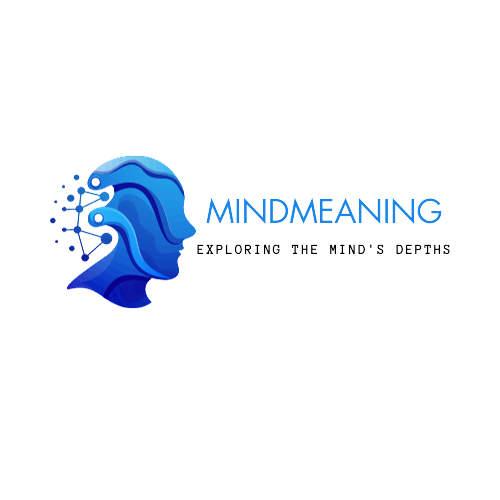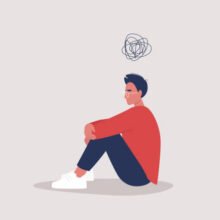These Are the Types of Depression You Should Know
Depression is a serious mental health condition that affects millions of people worldwide. It is a mood disorder that can impact a person’s thoughts, emotions, and physical health. While occasional feelings of sadness or low mood are a normal part of life, depression is characterized by persistent feelings of sadness, hopelessness, and loss of interest in activities that were once enjoyable. Depression can have a significant impact on a person’s daily life and can interfere with their ability to function at work or home.
There are several types of depression, each with their own unique symptoms and treatment options. Understanding the different types of depression can help individuals and their loved ones identify the signs and symptoms of the condition and seek appropriate treatment. In this article, we will explore the various types of depression, their symptoms, and treatment options, so that you can gain a better understanding of this common mental health condition.

Major Depression
Major depression, also known as clinical depression, is a type of depression that is characterized by persistent feelings of sadness, hopelessness, and a lack of interest in activities. It can interfere with a person’s daily life and may cause physical symptoms such as changes in appetite or sleep patterns. Major depression is typically treated with a combination of therapy and medication.
Persistent Depressive Disorder
Persistent depressive disorder, also known as dysthymia, is a type of depression that is characterized by long-term, persistent symptoms that last for at least two years. Symptoms may not be as severe as those of major depression, but they can still interfere with daily life. Treatment may involve therapy, medication, or a combination of the two.
Bipolar Disorder
Bipolar disorder, also known as manic-depressive illness, is a type of depression that is characterized by episodes of both depression and mania or hypomania. During manic episodes, a person may experience elevated mood, increased energy, and decreased need for sleep. Bipolar disorder is typically treated with a combination of therapy and medication.
Seasonal Affective Disorder
Seasonal affective disorder (SAD) is a type of depression that is linked to changes in the seasons. It typically occurs during the fall and winter months and is characterized by symptoms such as low mood, fatigue, and changes in appetite. Treatment may involve light therapy, medication, or a combination of the two.
Postpartum Depression
Postpartum depression is a type of depression that occurs after childbirth. It is characterized by symptoms such as sadness, anxiety, and irritability and may interfere with a new mother’s ability to care for her baby. Treatment may involve therapy, medication, or a combination of the two.
Conclusion
Depression can have a significant impact on a person’s quality of life, but it is important to remember that it is a treatable condition. If you are experiencing symptoms of depression, it is important to seek help from a qualified mental health professional. With the right treatment and support, you can manage your symptoms and improve your overall well-being.
Here are some reputable resources relating to the types of depression:
- National Institute of Mental Health – Depression: https://www.nimh.nih.gov/health/topics/depression/index.shtml
- Mayo Clinic – Depression: https://www.mayoclinic.org/diseases-conditions/depression/symptoms-causes/syc-20356007
- American Psychiatric Association – Types of Depression: https://www.psychiatry.org/patients-families/depression/what-is-depression/types-of-depression
- Anxiety and Depression Association of America – Types of Depression: https://adaa.org/understanding-anxiety/depression/types-depression
- Mental Health America – Depression Types: https://www.mhanational.org/depression-types
These resources provide reliable information on the different types of depression, their symptoms, and treatment options. It is important to note that seeking professional help from a qualified mental health professional is essential for accurate diagnosis and effective treatment.








